SHARJAH
LUNAR
IMPACT
OBSERVATORY
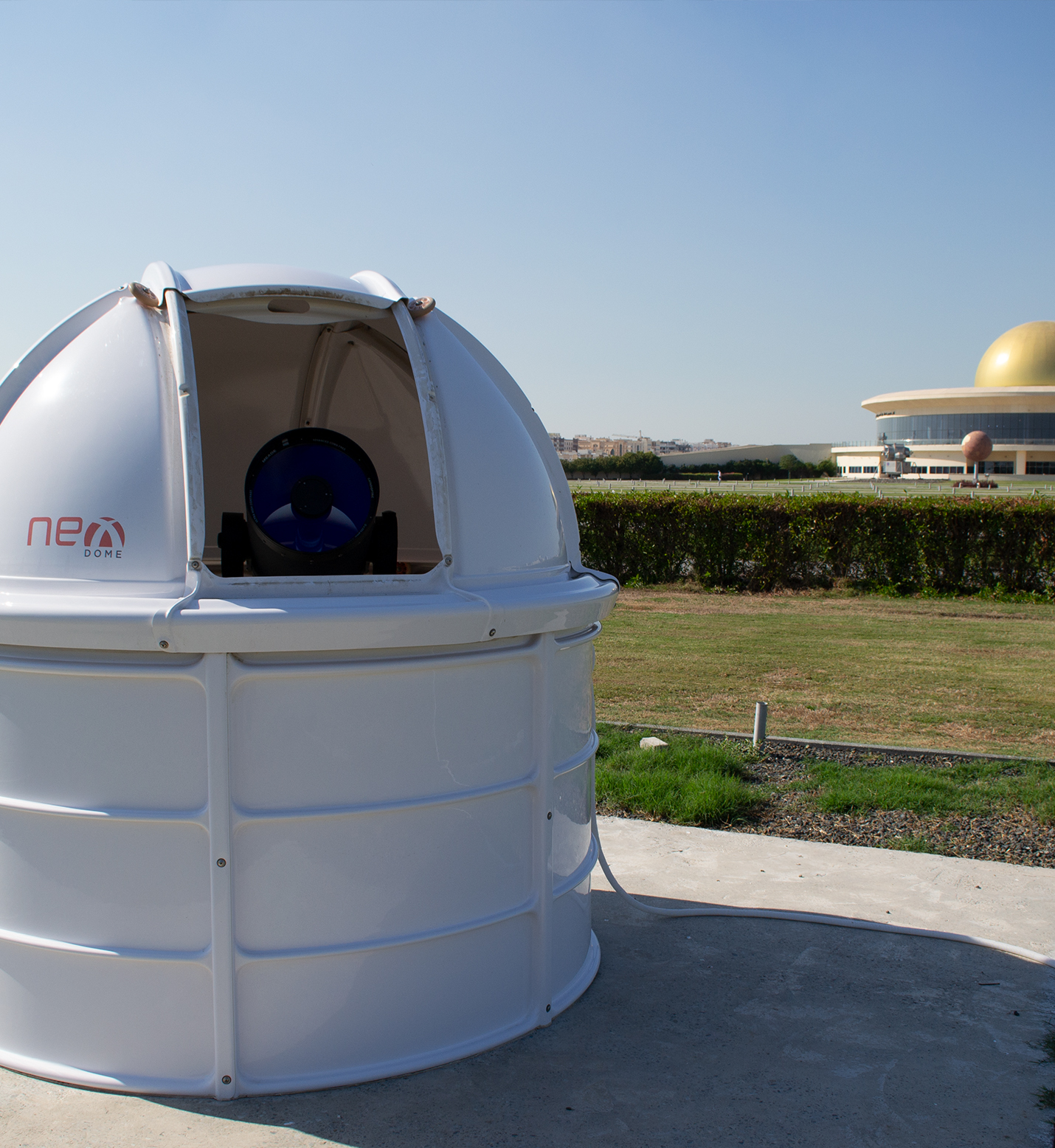
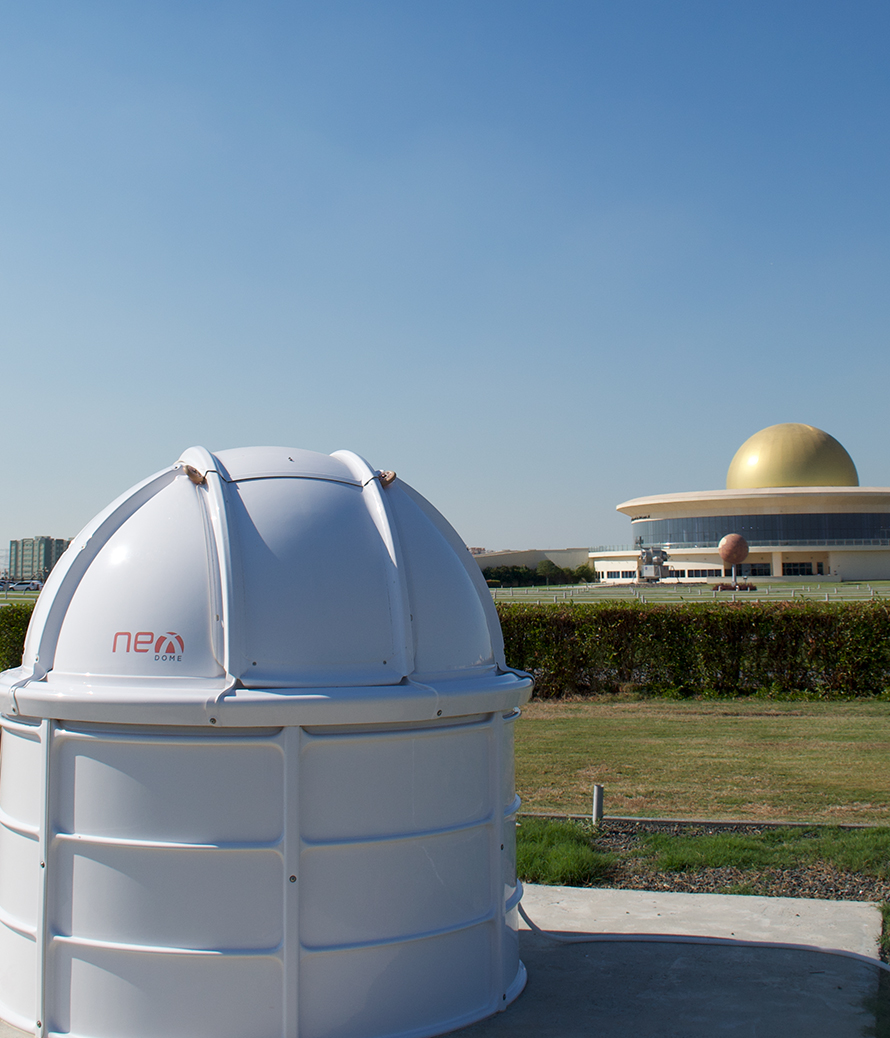
14"
LX 200 ACF TELESCOPE
About
Sharjah Lunar Impact Observatory (SLIO)
established in 29th Feb. 2020, as a part of Sharjah Optical Observatories located at Sharjah Academy for Astronomy, Space Sciences and Astronomy (SAASST), University of Sharjah, UAE. The purpose of SLIO is the detection of meteorites striking the Moon’s surface. The Observatory consists of a 3-metre high dome that accommodates a 14” Schmidt-Cassegrain telescope mounted on an alt-azimuth tripod, along with a Computer Device and other imaging accessories.
Prior to observations, a Focal Reducer is connected to a CCD Video Camera and then to the telescope. During observation, the telescope is pointed towards the dark side of the Moon continuously for hours, as impact would only be noticeable in that region. After that, the PC uses a capture software to view and save the live recordings, which are then analyzed thoroughly to account for any candidate events.
Prior to observations, a Focal Reducer is connected to a CCD Video Camera and then to the telescope. During observation, the telescope is pointed towards the dark side of the Moon continuously for hours, as impact would only be noticeable in that region. After that, the PC uses a capture software to view and save the live recordings, which are then analyzed thoroughly to account for any candidate events.
Instruments
Components and working functions of the telescope
14” LX 200 ACF Schmidt-Cassegrain Meade telescope with f/10
This telescope employs a corrector plate where light enters with parallel lines (with respect to the optical tube) which are reflected by a spherical primary mirror onto a secondary mirror that in turn reflects light towards the Focal Reducer-Video Camera assembly.
Meade Focal Reducer (or Telecompressor) with f/3.3
This Focal Reducer changes the telescope’s focal ratio from f/10 to f/3.3 and it increases the field of view, this is favorable to cover a larger area of the dark area of the Moon.
902H Ultimate Watec Video Camera
This Camera utilizes a 0.5” monochrome CCD Sony ICX439ALL sensor and records at 25 frames per second which produces interlaced analogue imagery with a resolution of 720 x 576 pixels.
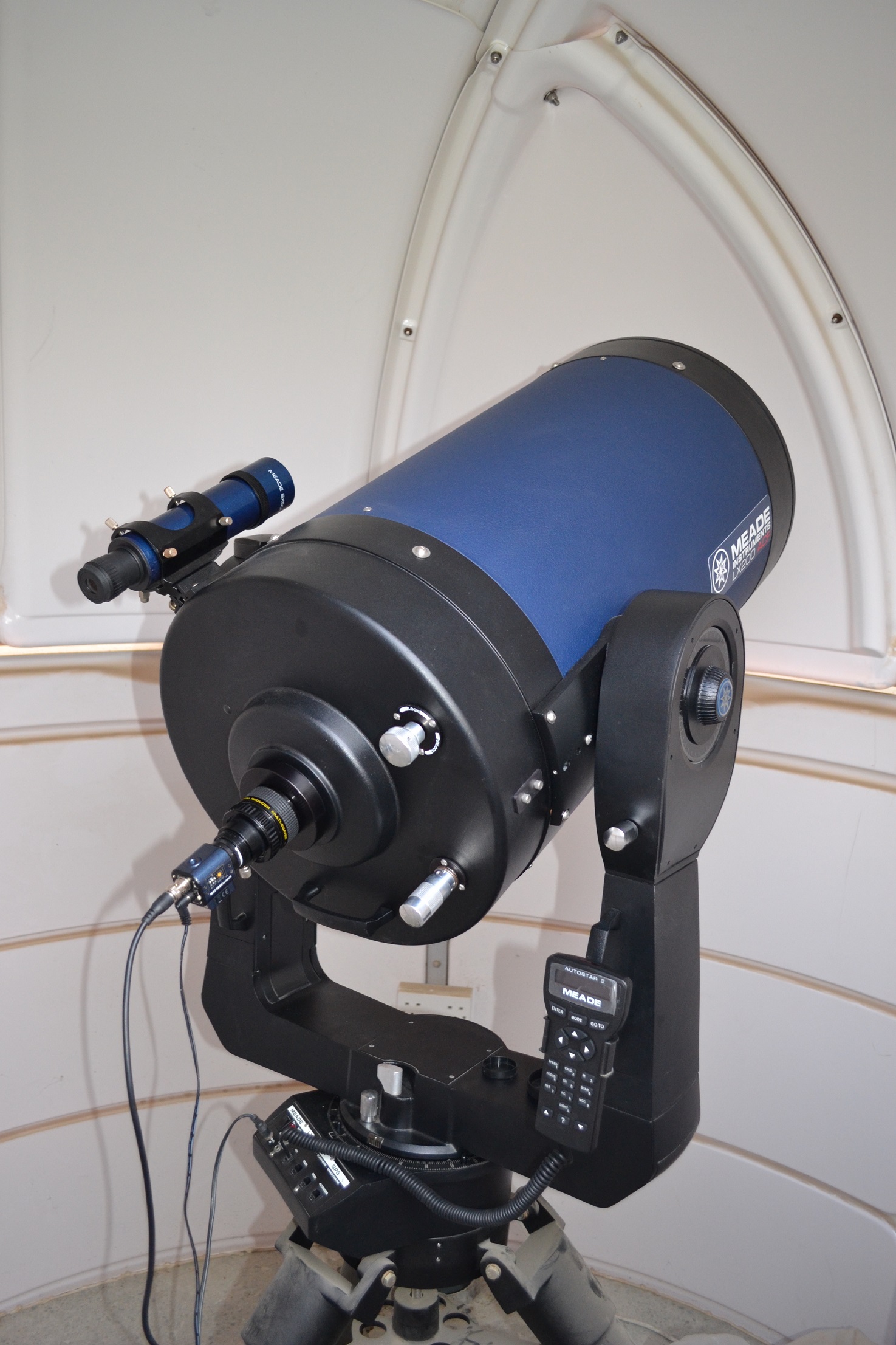
Observation process and how the telescope works
During the 10-12 nights monthly, Sharjah Lunar Impact Observatory’s team try their best to monitor the darker side of the Moon for as long as possible, where the recording process starts via connecting the Camera to Easier CAP analogue-to-digital converter and then to a computer device to be viewed and stored using an imaging software called SharpCap.
hundreds of video files are then examined to identify and analyze Lunar Impact candidates using LunarScan 1.5 which is a scanning software developed by NASA. Once data of suspected events is obtained, the team inspects them thoroughly in a process of elimination.
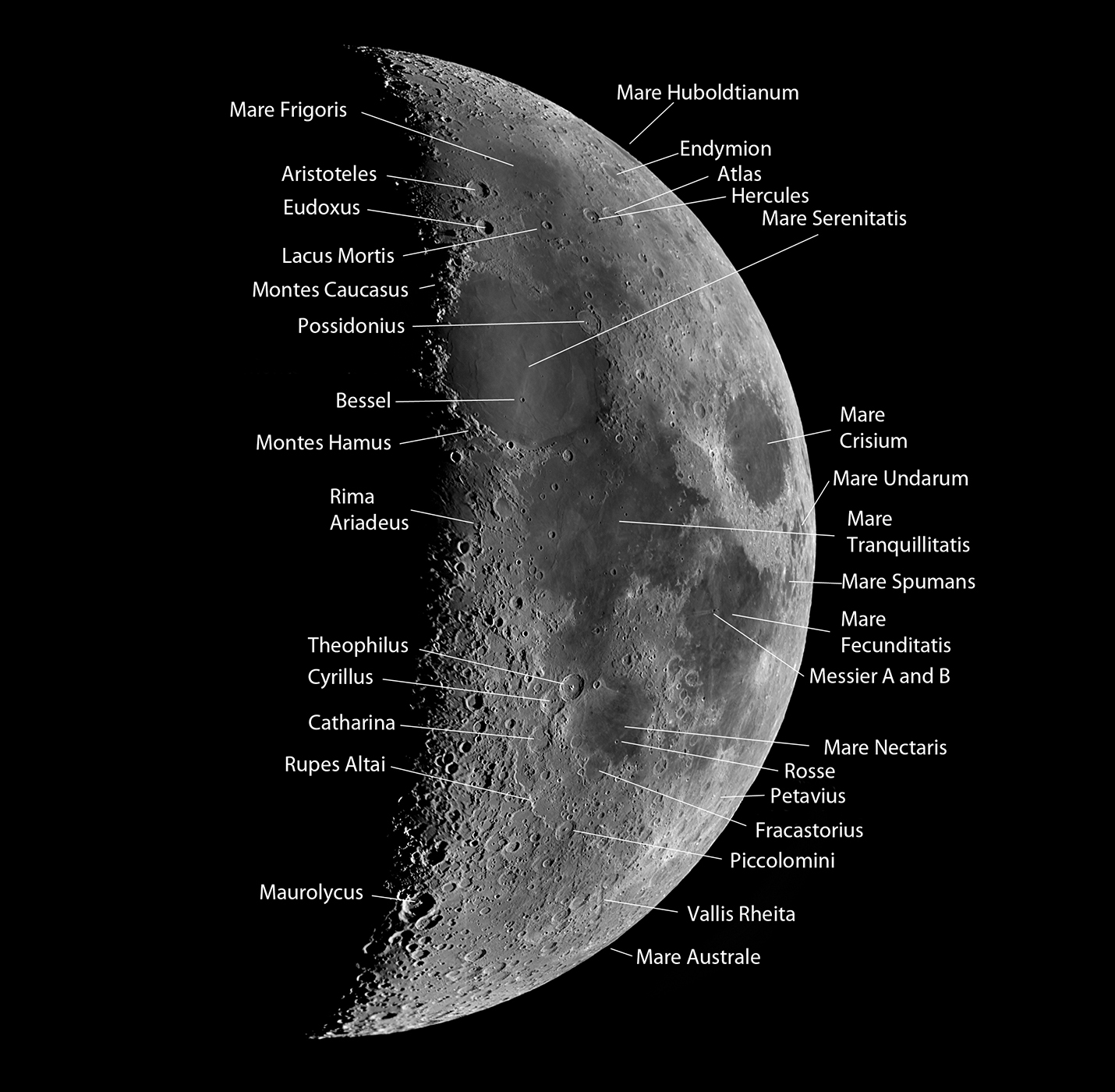

Our Vision
SLIO is a leading entity in the field of lunar observations and monitoring, especially in the Middle East and North Africa (MENA) region
Detection and Collaboration
In the very first week of operating, precisely on Sunday the 1st of March 2020, Sharjah Lunar Impact Observatory recorded a Lunar Impact detection after 11 straight hours of observation. This detection marks a notable scientific achievement as it was the first first Lunar Impact flash observed from the Middle East and North Africa (MENA) region. The event was detected by the Research Assistant Mr. Mohammed Fadil Talafha and two University of Sharjah students. It was located at -45.1 and -7.8 degrees for lunar longitude and latitude respectively, where the impact was thought to be from Delta Leonid Complex Meteor Shower. The flash lasted for around 0.04 seconds, and had a magnitude of 8.3. NELIOTA project of the European Space Agency (ESA) used Sharjah Lunar Impact Observatory’s March 2020 detection to confirm their 100th lunar impact detection, which counts as an incredible milestone for SLIO as it is already a globally-contributing entity. Emirati research assistant Ammar Eissa Mohammed Abdulla works side by side with Mr. Mohammed Fadil Talafha and Prof. Mashhoor Ahmed Al-Wardat to monitor the Moon, and attempt to detect such Lunar Impact events.
From Our Lunar Observatory - SLIO
Event
Lunar Impact detection after 11 straight hours of observation
Date & Time
March 1st, 2020
16:54:22 UAE
16:54:22 UAE
Detected by
R.A. Mr. Mohammed Fadil Talafha and two University of Sharjah students
Information
located at -45.1 and -7.8 degrees for lunar longitude and latitude respectively
Meet Our Team
Our Professional Astronomers
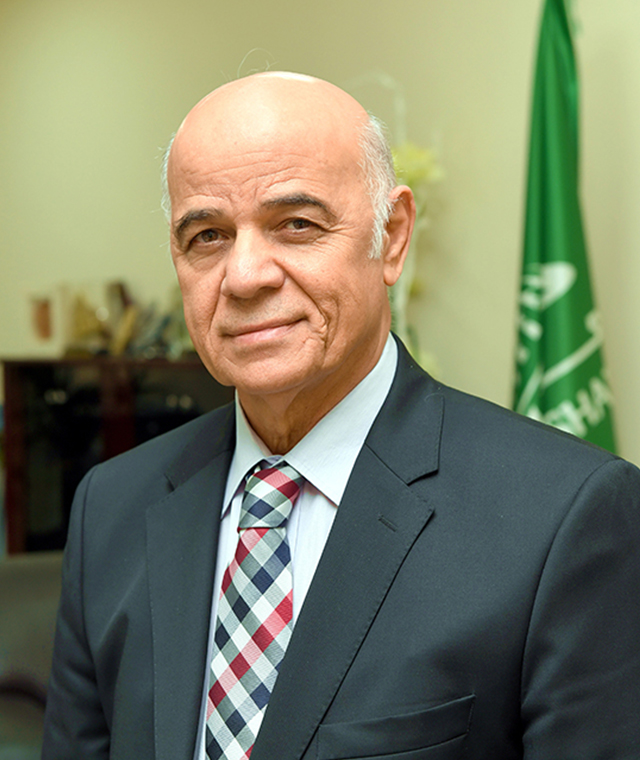
Prof. Hamid M. Al-NaimiyProfessor of Astrophysics-Director of SAASST-Chancellor of the UoS
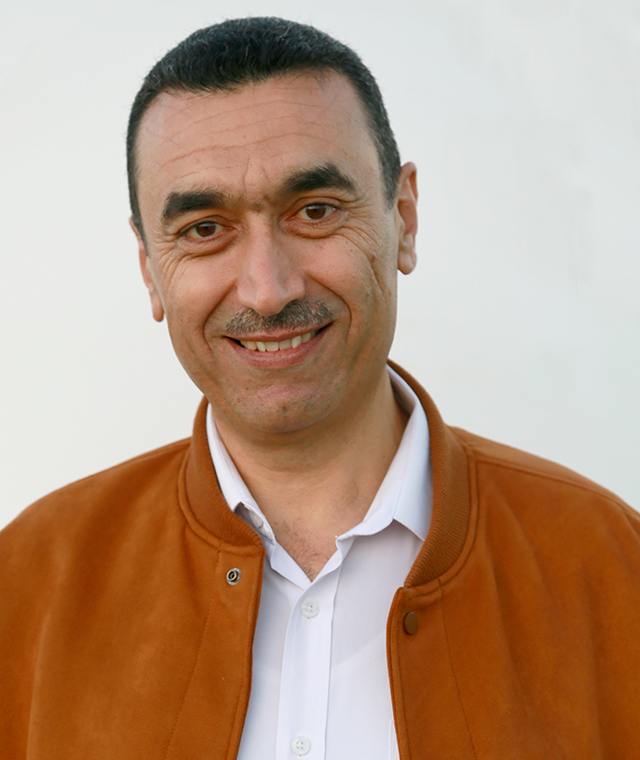
Prof. Mashhoor A. Al-WardatProfessor of Astrophysics

Mohammed F. TalafhaResearch Assistant

Ammar E. AbdullaResearch Assistant

Majid A. AL ALiSr. Administrative Assistant



